A fireplace is always a statement piece in any space it is installed. Unbeknown to the vast majority, the type of stone you use on a fireplace surround plays a pivotal role in the overall aesthetic and functionality of your fireplace. That makes picking the right type of stone for a fireplace surround an essential step when setting up or renovating a fireplace.
In this extensive guide, we delve into the world of fireplace surround stones, drawing from a rich pool of information to help you make an informed decision. Whether you prioritize safety, style, or practicality, we've got you covered.
What is a Fireplace Surround?
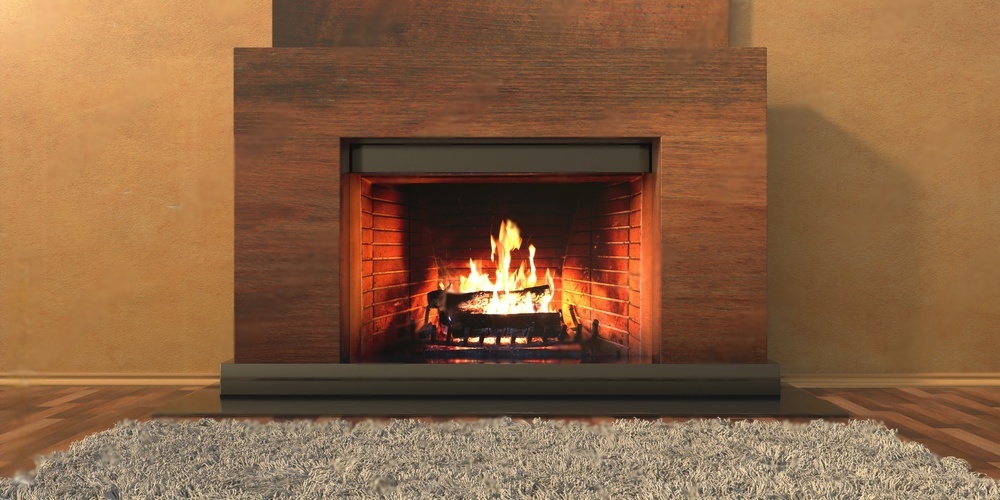
A fireplace surround is the visible part of the fireplace that extends from the wall. It serves both aesthetic and safety functions. A fireplace surround offers a protective barrier and a ledge to place decorations.
How to choose the best stone for a fireplace surround?
Before shopping for a fireplace surround stone you should consider the following factors:
- Your desired aesthetic
- Preferred method of installation
- Budget
- Maintenance and Durability
- Your desired aesthetic
The first consideration, which lays the blueprint for the entire fireplace project is having a clear-cut idea of your desired fireplace aesthetic. Whether you prefer a modern, rustic, or elegant look your choice will determine the type of stone you should use for your fireplace.
- Preferred method of installation
The next essential consideration on our list is the mode of installation. You should determine whether you are comfortable doing the installation work yourself or you prefer hiring a professional installation expert. That is because different fireplace surround stones have different installation methods. For instance, a large stone slab would be more convenient to install using a professional to ensure safety and precision. Hence your mode of installation choice will sort of highlight the fireplace surround stones available for your picking.
- Budget
Like any other renovation project, determining your budget is a no-brainer. The upside of budgeting is that you will be able to complete the fireplace project seamlessly and efficiently. An important bit to remember is to include the cost of professional installation, especially if you opt for heavy stone slabs.
- Maintenance and Durability
To finish off our list, ensure you have a deep understanding of the maintenance requirements and durability of different stone types. Based on experience, opt for a stone that has the perfect blend of beauty and maintenance.
Best stones for fireplace surround
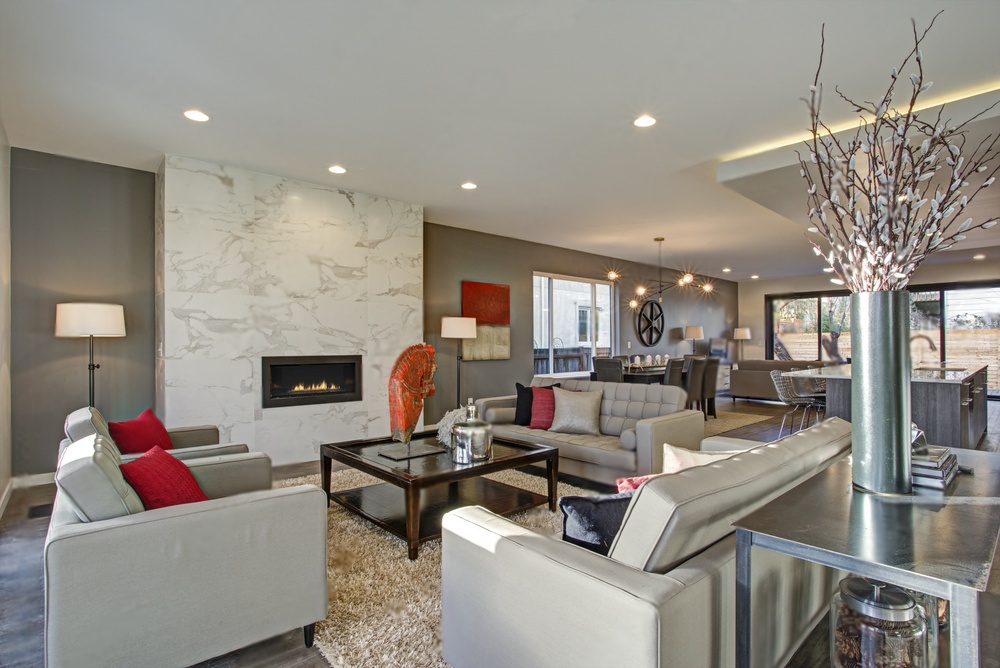
Generally, there are a million and one stones that you could use in a fireplace surround, ranging from natural stone to manufactured ones. In this comprehensive guide, we have highlighted the best stones to use for a fireplace surround to ensure your fireplace makes a statement as it should.
Granite
Granite is an igneous rock, that develops deep under the earth’s surface when magma slowly cools down. Unsurprisingly, it stands out as one of the most fashionable picks for a stone fireplace surround. That is attributed to its high durability and versatility. Additionally, it comes in a plethora of colors and patterns, making it convenient for almost every design and theme you can think of.
Pros
- High heat resistance
- Abrasion resistance
- Water resistance
- It is easy to maintain
- It has a wide range of colors and patterns to suit any design style.
Cons
- Porous
- Highly likely to stain if improperly sealed
Marble
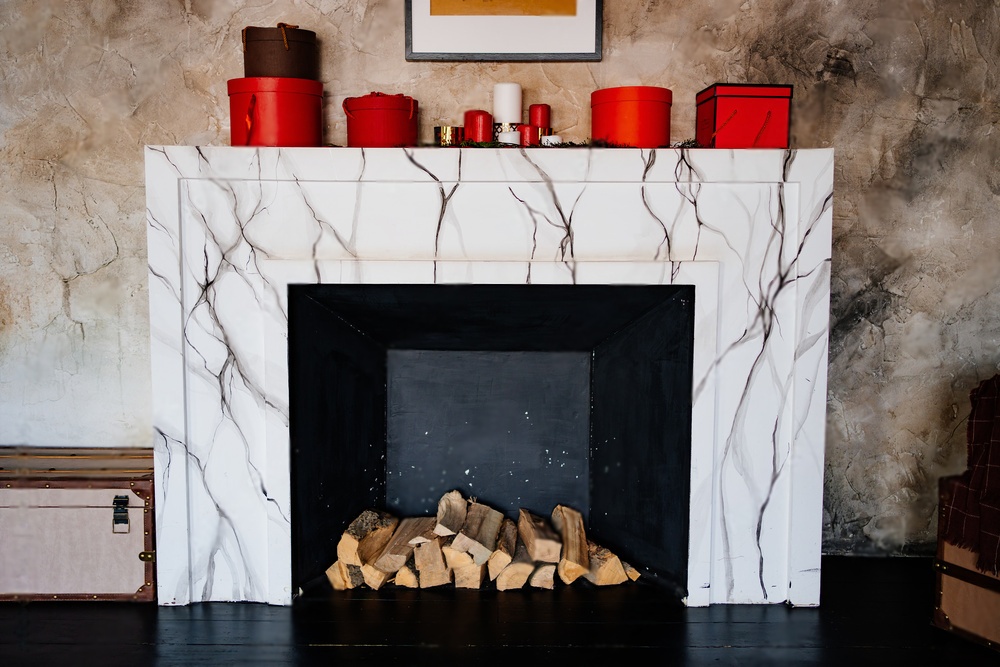
If you want to create a space with a luxurious aesthetic appeal, then marble is the stone for you.
Marble is a metamorphic rock that is formed when a combination of rocks (calcite, limestone, dolomite, and serpentine) under intense pressure and temperatures merge.
Marble is slightly more expensive than granite, but it makes up for it with its next-level elegance. On top of that, like wine marble ages fine with time!
Pros
- Water resistance
- Medium heat resistance
- Easy maintenance
Cons
- It is porous and needs sealing to avoid stains
Limestone
Limestone is a sedimentary rock that is created on the floor ocean when layers of marine life like shells and coral gather and are compressed by water pressure over millions of years.
If you are working with a slim budget, then limestone is the ideal stone for you. However, do not be fooled by its price tag, limestone is still an outstanding option. It adds an earthy and rustic vibe to your space.
Pros
- Water resistance
- Absorbs and distributes heat
Cons
- Low abrasion resistance
Quartzite
Quartzite is a non-foliated metamorphic rock formed when a quartz-rich sandstone is altered by heat and pressure.
Quartzite is a visually astounding and highly durable natural stone. Its major selling point is its wide range of beautiful colors and designs. Regardless of your preference, you are certain to find an eye-catcher with quartzite.
Pros
- Plenty of colors and designs.
- Water resistance
- Medium heat tolerance
- High abrasion resistance
Cons
- It requires periodic sealing
Brick
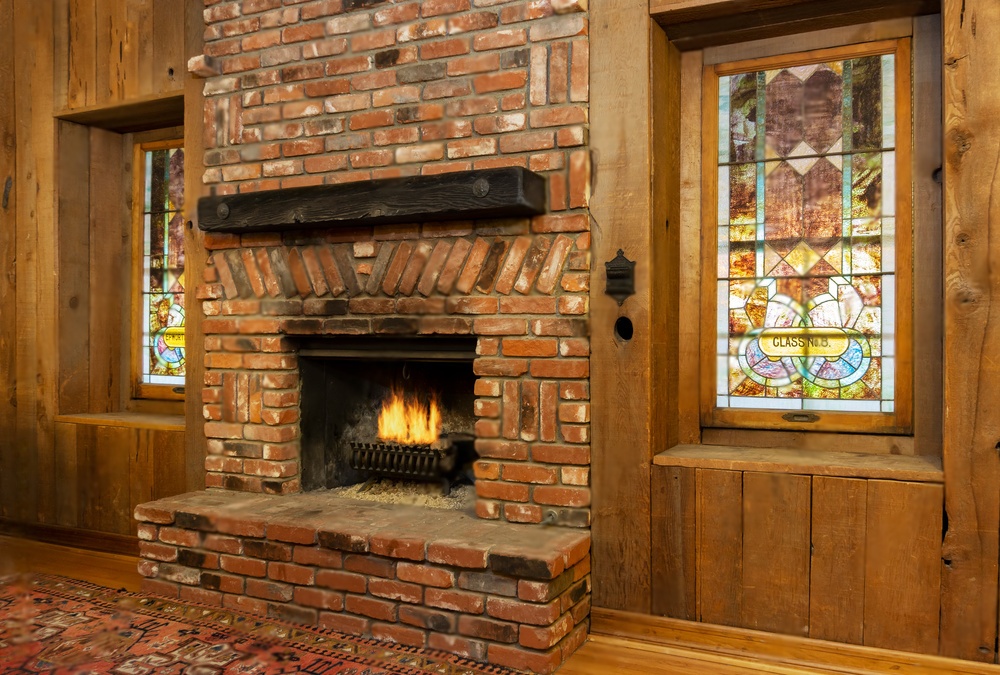
To round up our list we have brick.
Just like a plain tee in the fashion world, brick is a classic option with a timeless appeal. It comes in numerous colors and sizes. That makes it suitable for different architectural styles.
Pros
- Pocket-friendly cost
- Straightforward installation process
- Strong and stable
Cons
- Requires more maintenance
- It cannot be sealed for stain resistance
Conclusion
The essence of having a fireplace in a space is usually to elevate comfort and aesthetics. If you have a state-of-the-art fireplace attaining top-tier comfort is guaranteed. On the other hand, achieving a 10/10 score on the fireplace aesthetics test, graded by friends and family, is as simple as picking the right stone for your fireplace surround.
In this article, we have highlighted some of the best stones to use on your fireplace surround. And with vast options to pick from we hope this guide helps you single out the most ideal stone for your fireplace.
Frequently Asked Questions (FAQs)
What type of stone is the best for fireplace surround?
Granite is the go-to option for most people. That is because of its high durability and heat tolerance.
Is marble good for a fireplace surround?
Undoubtedly, Yes! Marble has high heat tolerance, it does not chip easily and when properly sealed it does not stain.
How do I choose a fireplace surround?
Generally, there are numerous, things to consider, which include: your budget, the type of heating source, the style of your decor, your preferred material, and your ideal height and width of the surround.
What is the best color for a fireplace surround?
If you want to play it safe, neutral colors are the way to go. The benefit of neutral colors such as white, gray, and brown is that they complement all color schemes. However, if you want a contemporary look then black is the most suitable option.
Is marble or brick better for fireplace surround?
Marble and brick are both stand-out stones for a fireplace surround. Nonetheless, when it comes down to picking one between the two, Marble is a strong choice. That is because marble comes in a range of colors and finishes. Additionally, as well as it has a high heat tolerance which makes it the right combination of beauty and performance.

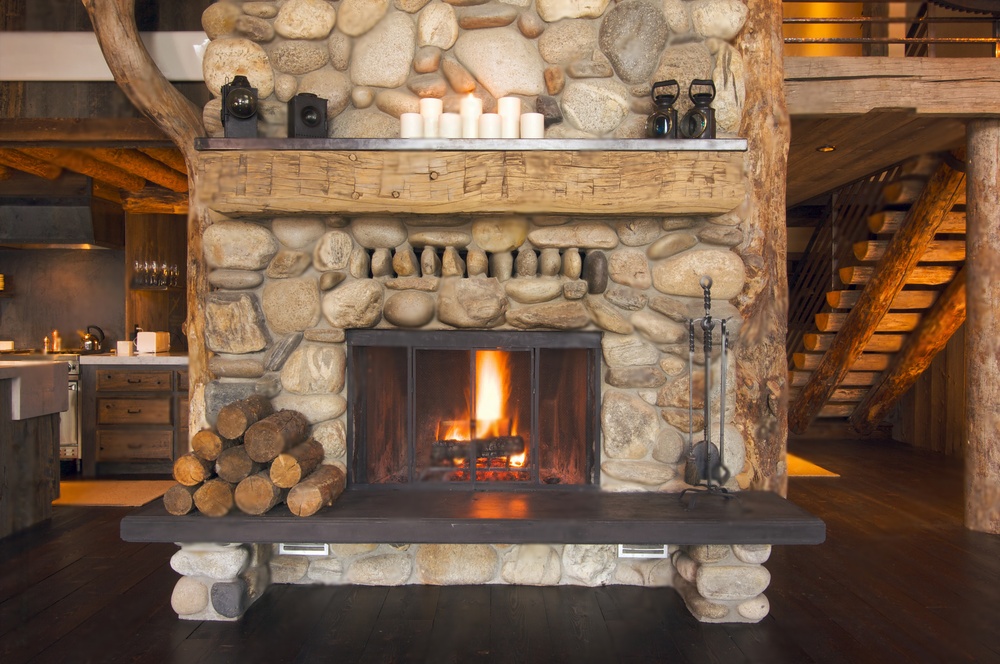


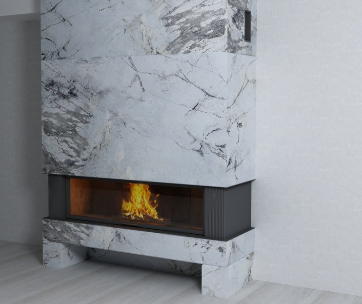
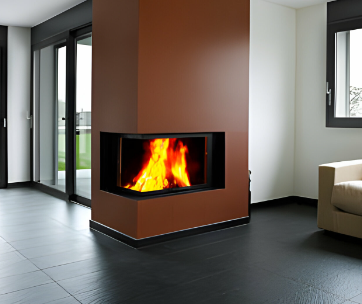
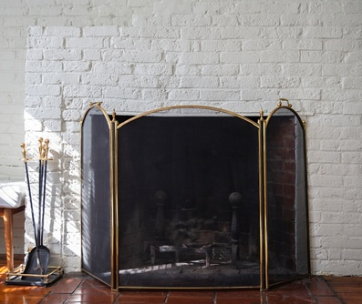
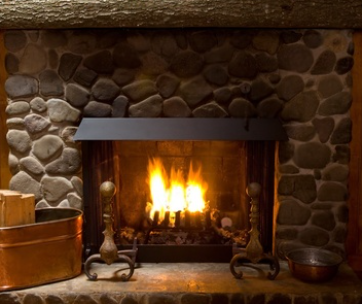
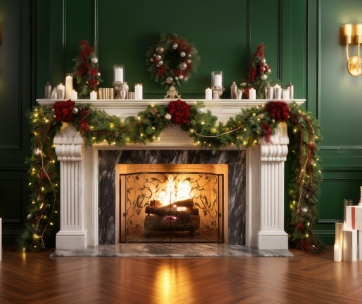
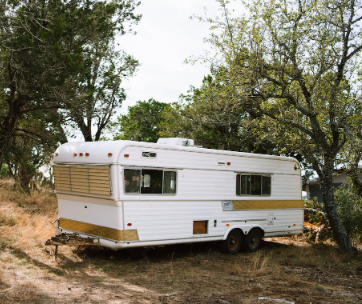
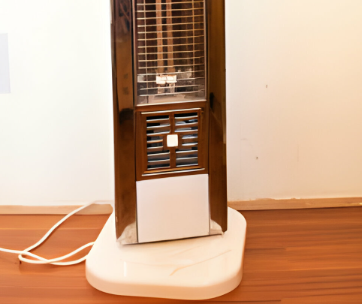
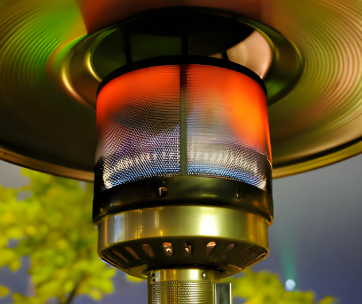
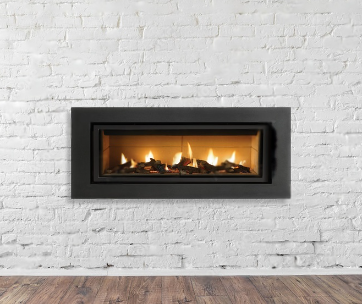
Comments